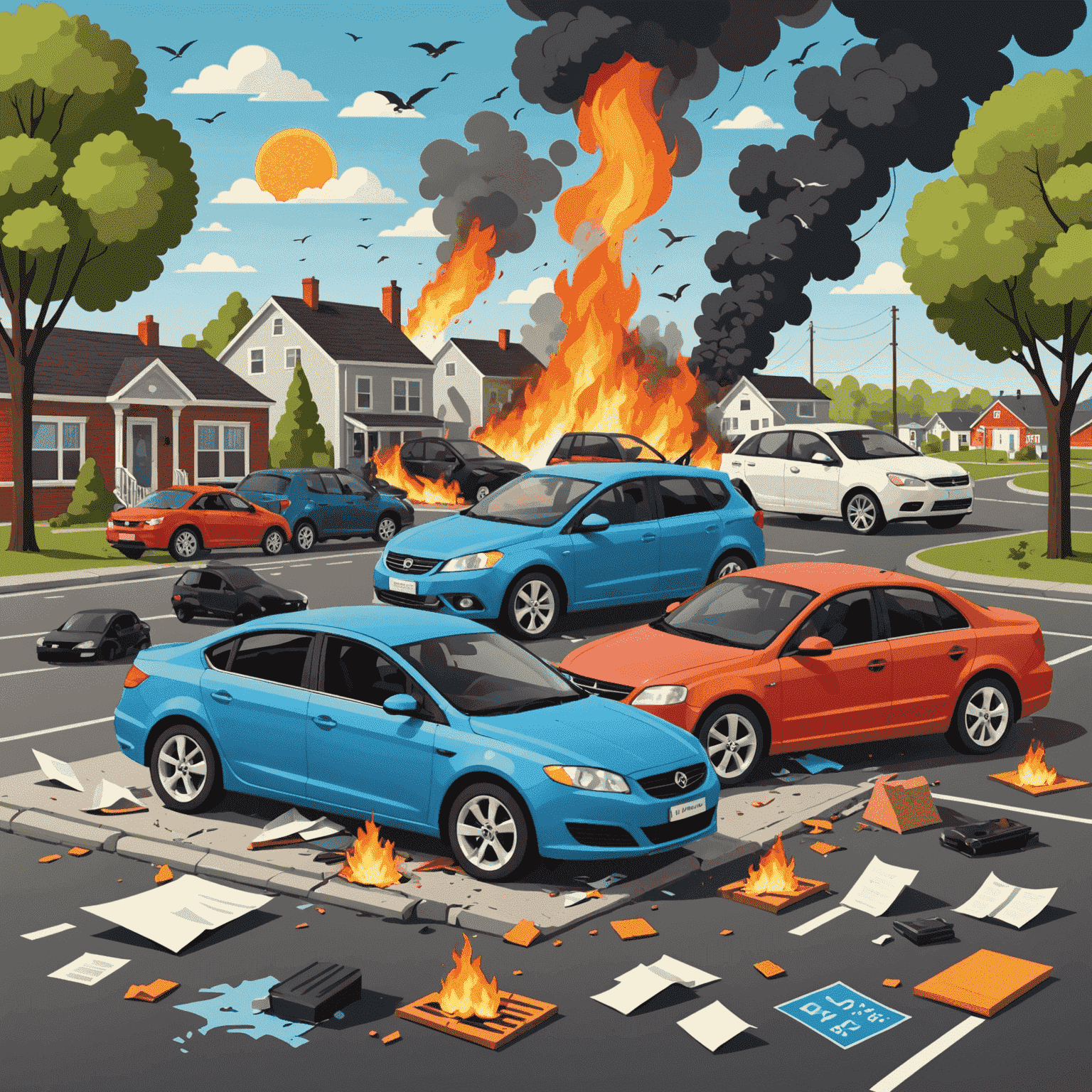Comprehensive Coverage: Protecting Your Vehicle Beyond Collisions
Comprehensive coverage is a crucial component of car insurance that safeguards your vehicle against non-collision related damages. Unlike collision coverage, which protects you in accidents involving other vehicles or objects, comprehensive coverage addresses a wide range of other potential risks.
What Does Comprehensive Coverage Include?
- Falling objects (e.g., trees, hail)
- Fire damage
- Flood damage
- Wind damage
- Theft
- Vandalism

Impact on Deductibles
When it comes to comprehensive coverage, understanding how deductibles work is essential for making informed decisions about your car insurance policy.
How Deductibles Work
A deductible is the amount you agree to pay out of pocket before your insurance coverage kicks in. For comprehensive coverage, deductibles typically range from $100 to $1,000. The higher your deductible, the lower your premium, but the more you'll pay if you need to file a claim.
Deductible vs. Premium Trade-off
Key Considerations for Comprehensive Coverage
- Assess the value of your vehicle and your financial situation when choosing a deductible.
- Consider the likelihood of non-collision incidents in your area (e.g., frequent hailstorms, high theft rates).
- Remember that comprehensive coverage is often required if you're financing or leasing your vehicle.
- Review your policy regularly to ensure your coverage and deductible still meet your needs.